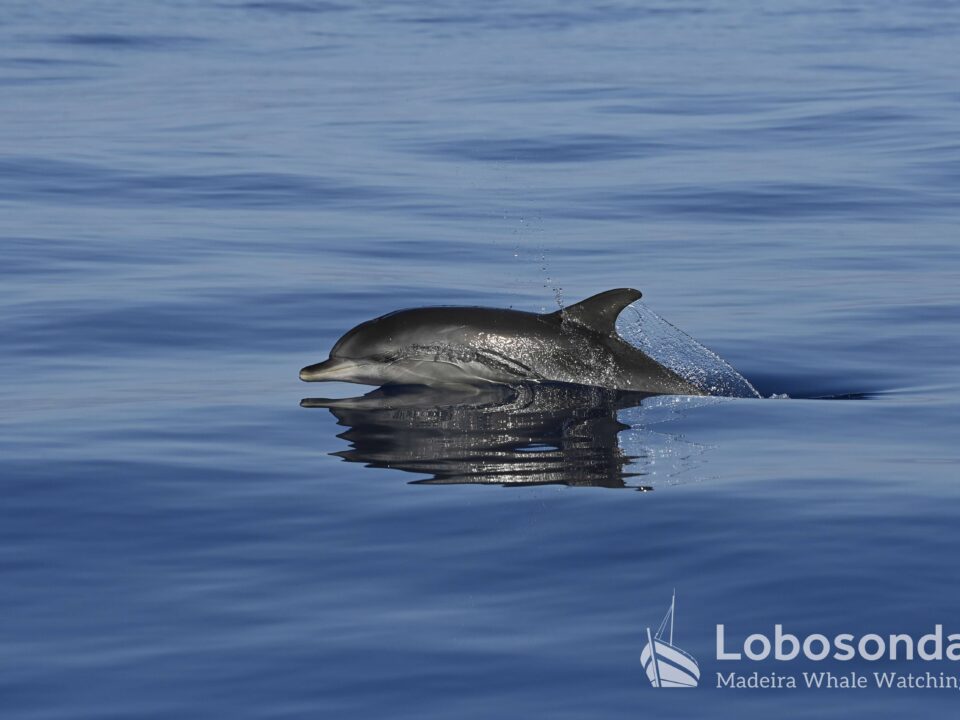
17.08.2025 – Life’s journey
August 25, 2025As we often mention, today’s tours were very different. At midday, it was very difficult to find animals. In the evening, however, the animals found us in some cases.
There was a very interesting question that I would like to explore today. A guest asked why the tail fins of marine mammals are horizontal rather than vertical?
The horizontal tail fin of marine mammals is a fascinating example of evolution and adaptation. Unlike fish, which use a vertical tail fin, whales, dolphins, and manatees flap their flukes up and down. The reason for this lies deep in their evolutionary history: their ancestors were land mammals that moved their spines dorsoventrally, i.e., up and down, when walking. They transferred this mode of movement to the water. While fish wriggle sideways, marine mammals generate propulsion through up and down movements. Their anatomy supports this principle. Their vertebral joints and muscles are designed to allow flexion and extension, but restrict lateral movement. The fluke itself contains no bones, but consists of elastic connective tissue. It functions like an airfoil in the water, generating lift with every movement. This lift is redirected into propulsion, making locomotion particularly efficient. Hydrodynamically, this system offers great advantages. The body remains stable and straight instead of swaying sideways like fish do. This reduces drag, saves energy, and enables long migrations at high speeds. In addition, marine mammals can quickly lift their blowhole out of the water to breathe with a powerful upward stroke—a decisive advantage in everyday life.
The control system also benefits: the horizontal fluke allows precise control over pitching movements. Together with the pectoral and dorsal fins, this results in a flexible and stable swimming technique. This explains why dolphins are so agile. In comparison, the vertical tail fin of fish is ideal for their sideways undulation. However, marine mammals have retained their “mammal-typical” up-and-down movement and perfected it in the water. Seals and sea lions are a special case: they do not have a fluke, but use their front or rear fins for propulsion.
Overall, the horizontal tail fin shows how strongly evolution has been influenced by its origins on land. It combines the old spinal mechanics with new hydrodynamic requirements. The result is a highly specialized swimming style that is both energy-efficient and functional.
By Fatima Kutzschbach
Sightings of the day
Ribeira Brava
09:00 Bottlenose dolphins, Atlantic spotted dolphins
13:00 Striped dolphins
16:30 Striped dolphins, Bottlenose dolphins, Sperm whales, Atlantic spotted dolphins
Stenella
09:30 Bottlenose dolphins, Atlantic spotted dolphins, Monk seal
13:30 Striped dolphins
16:30 Striped dolphins, Bottlenose dolphins, Sperm whales
























